As the only remaining species in their taxonomic family, red pandas are a crucial species because they help maintain the ecosystem stability. With fewer than 2,500 individuals left in the wild, their habitat has been severely disrupted by human activities in several locations. An additional reason for the significant decrease in the number of red pandas is their behavior. As solitary creatures, red pandas strongly prefer to eat, sleep, and spend time alone. Hence, reproduction is sometimes difficult with them.
In 2022, The Greater Vancouver Zoo celebrated a pair of baby red pandas, who were part of a significant initiative to help protect and advance this imperiled species.
They are the first red panda babies to be born in British Columbia, according to Menita Prasad, the zoo’s deputy general manager and head of animal care.
Prasad confessed that this was a major achievement for The Greater Vancouver Zoo and species conservation for red pandas, “What we want to ensure is that the captive population of red pandas is genetically viable so that if the wild population were to crash, we have animals within captivity that would be very strong candidates to repopulate wild spaces”.
The babies’ parents are Arun and Sakura, two red pandas that originated in Canada.
Arun was a little cub born in 2014, at the Assiniboine Park Zoo in Manitoba. After a short period of time joining the Species Survival Plan (SSP), he said goodbye to his mother and arrived at the Greater Vancouver Zoo in May 2015.
The mother panda is Sakura, a lovely red panda cub at the Granby Zoo. She first met Arun in March 2021, right after being suggested to be Arun’s partner.
During the beginning of the longer days in March, red pandas often breed. According to Prasad, in the wild, red pandas face many obstacles to have successful off-springs. The red panda’s estrous cycle only lasts for a few days each year, which is made more difficult by the fact that they are solitary animals. Therefore, any chance to breed comes about almost by accident when a male panda happens to venture into the territory of a female panda, who may or may not be agreeable to breeding.
Luckily, the breeding of the lovely couple was successful and in June 2022, mother Sakura and father Arun welcomed their healthy twins.
Sakura was praised for being a wonderful mother and for being fiercely devoted to her pups. She was said to begin guarding the nest boxes in April, and in one specific box, she started actively nesting in mid-May. Hollow trees, tree roots, and tiny crevices are favorite locations for red panda couples to prepare a house for their kids. To better protect their young, they often cover the nest with soft materials like leaves.
In order to let the mother raise her pups as naturally as possible, keeper engagement is kept to a minimum at The Greater Vancouver Zoo. Daily visual health checks and frequent weigh-ins are also conducted.
At three months old, when the cubs start eating solid food, they will soon become quite active. The baby cubs will spend at least a year in the zoo before SSP can introduce them to possible partners at other sites.
The birth of these red panda twins is part of the zoo’s dedication to conservation and education, according to Prasad. It can be said that the SSP and the zoo have had great success with this, and they have significantly helped the continuing conservation efforts for this endangered species.
If you like the article, please like and share it with your friends. Don’t forget to visit our site for more interesting information about animals!
In 2022, The Greater Vancouver Zoo celebrated a pair of baby red pandas, who were part of a significant initiative to help protect and advance this imperiled species.
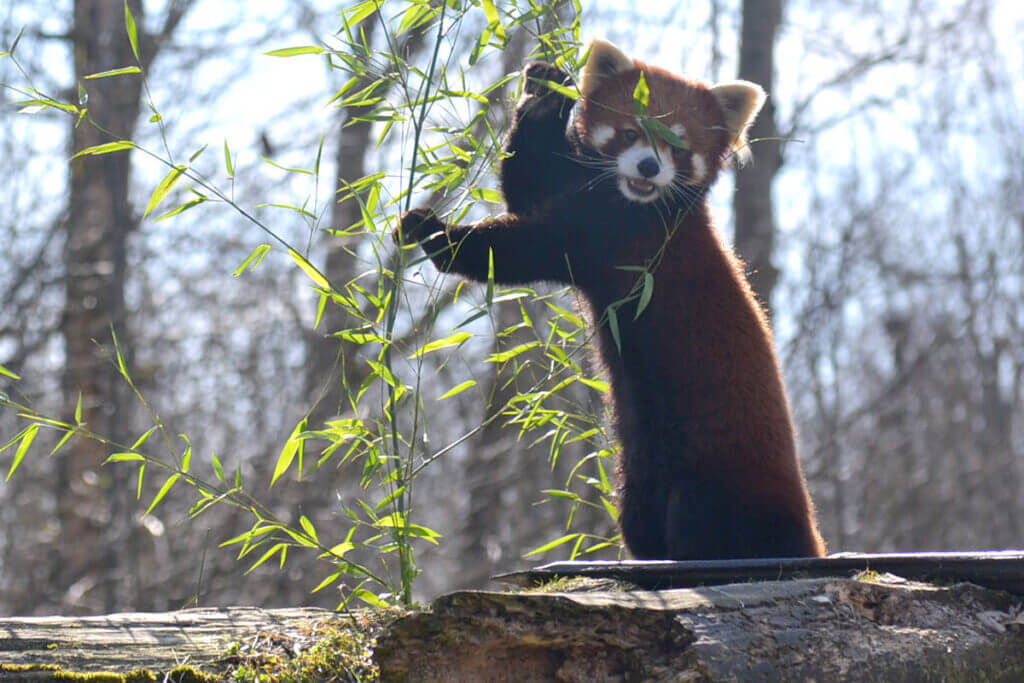 Source: The Greater Vancouver Zoo
Source: The Greater Vancouver Zoo
They are the first red panda babies to be born in British Columbia, according to Menita Prasad, the zoo’s deputy general manager and head of animal care.
Prasad confessed that this was a major achievement for The Greater Vancouver Zoo and species conservation for red pandas, “What we want to ensure is that the captive population of red pandas is genetically viable so that if the wild population were to crash, we have animals within captivity that would be very strong candidates to repopulate wild spaces”.
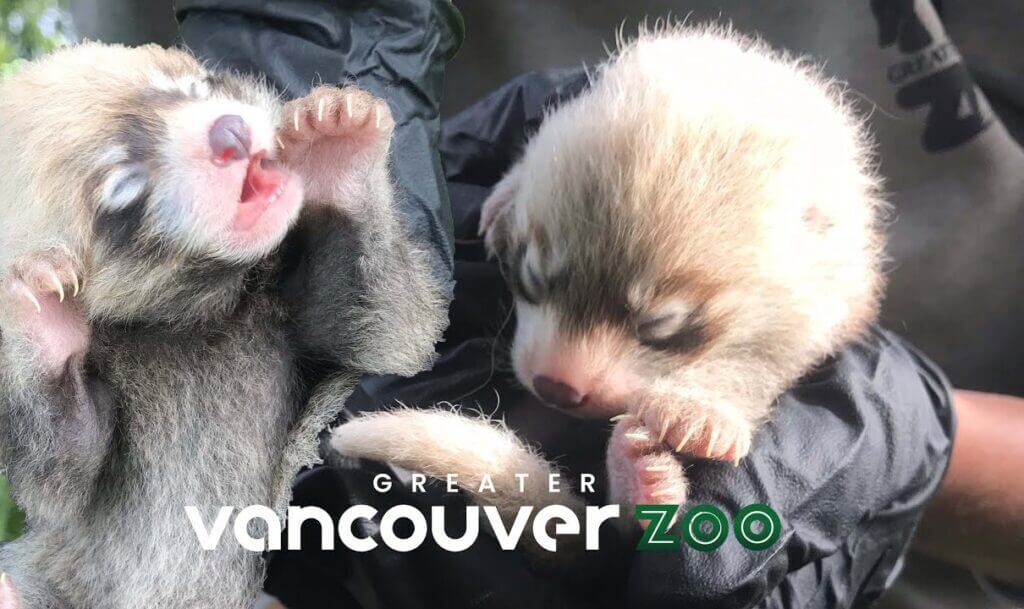 Source: The Greater Vancouver Zoo
Source: The Greater Vancouver Zoo
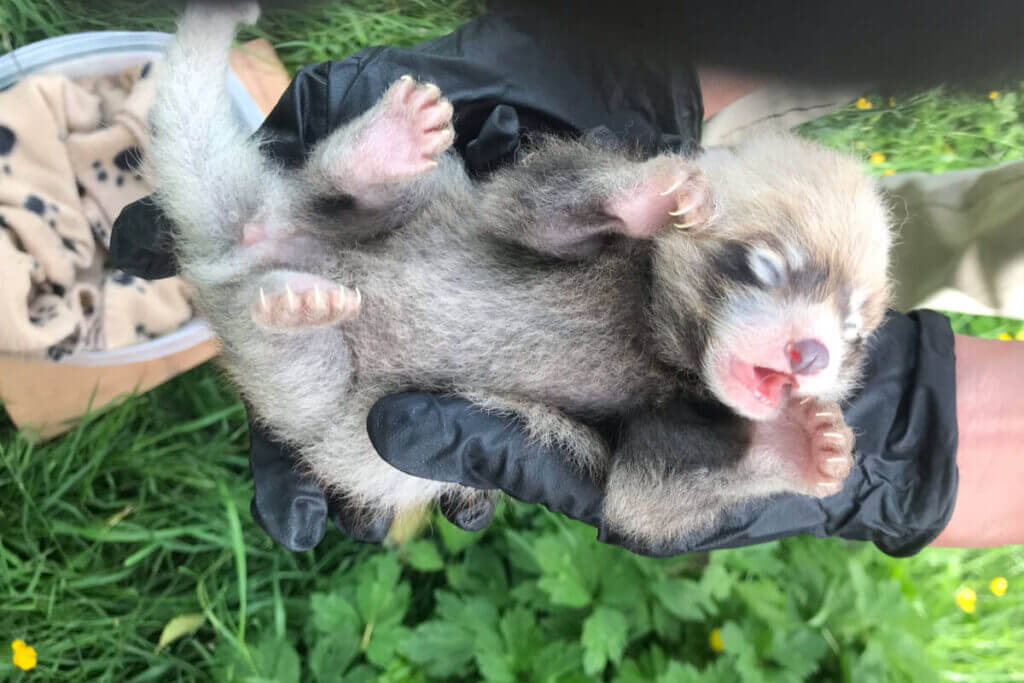 Source: The Greater Vancouver Zoo
Source: The Greater Vancouver Zoo
The babies’ parents are Arun and Sakura, two red pandas that originated in Canada.
Arun was a little cub born in 2014, at the Assiniboine Park Zoo in Manitoba. After a short period of time joining the Species Survival Plan (SSP), he said goodbye to his mother and arrived at the Greater Vancouver Zoo in May 2015.
The mother panda is Sakura, a lovely red panda cub at the Granby Zoo. She first met Arun in March 2021, right after being suggested to be Arun’s partner.
 Source: The Greater Vancouver Zoo
Source: The Greater Vancouver Zoo
During the beginning of the longer days in March, red pandas often breed. According to Prasad, in the wild, red pandas face many obstacles to have successful off-springs. The red panda’s estrous cycle only lasts for a few days each year, which is made more difficult by the fact that they are solitary animals. Therefore, any chance to breed comes about almost by accident when a male panda happens to venture into the territory of a female panda, who may or may not be agreeable to breeding.
Luckily, the breeding of the lovely couple was successful and in June 2022, mother Sakura and father Arun welcomed their healthy twins.
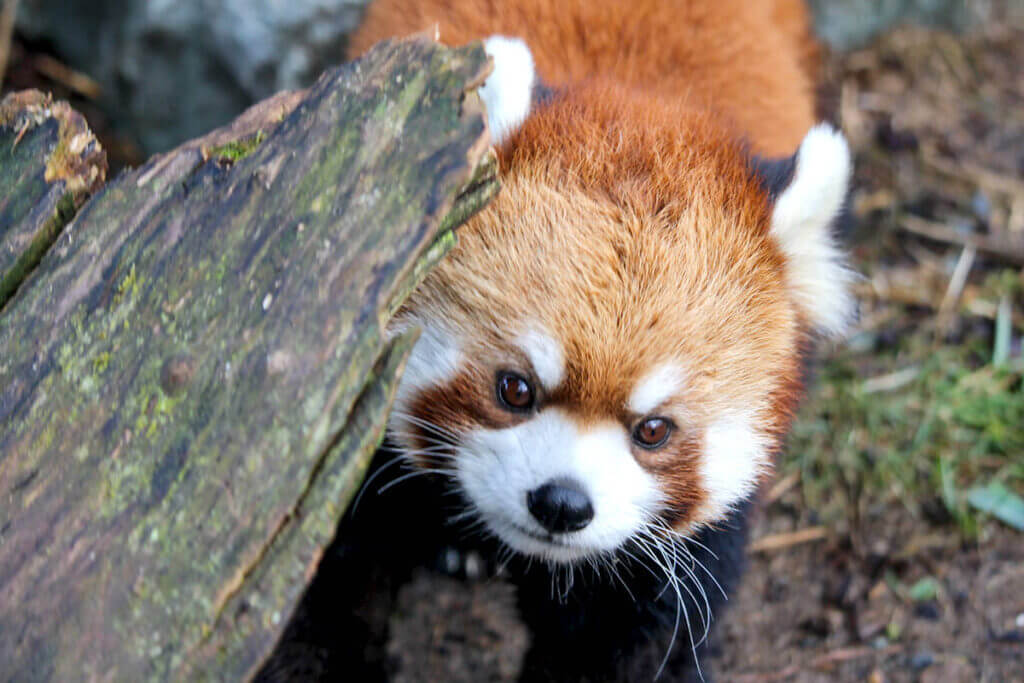 Source: The Greater Vancouver Zoo
Source: The Greater Vancouver Zoo
Sakura was praised for being a wonderful mother and for being fiercely devoted to her pups. She was said to begin guarding the nest boxes in April, and in one specific box, she started actively nesting in mid-May. Hollow trees, tree roots, and tiny crevices are favorite locations for red panda couples to prepare a house for their kids. To better protect their young, they often cover the nest with soft materials like leaves.
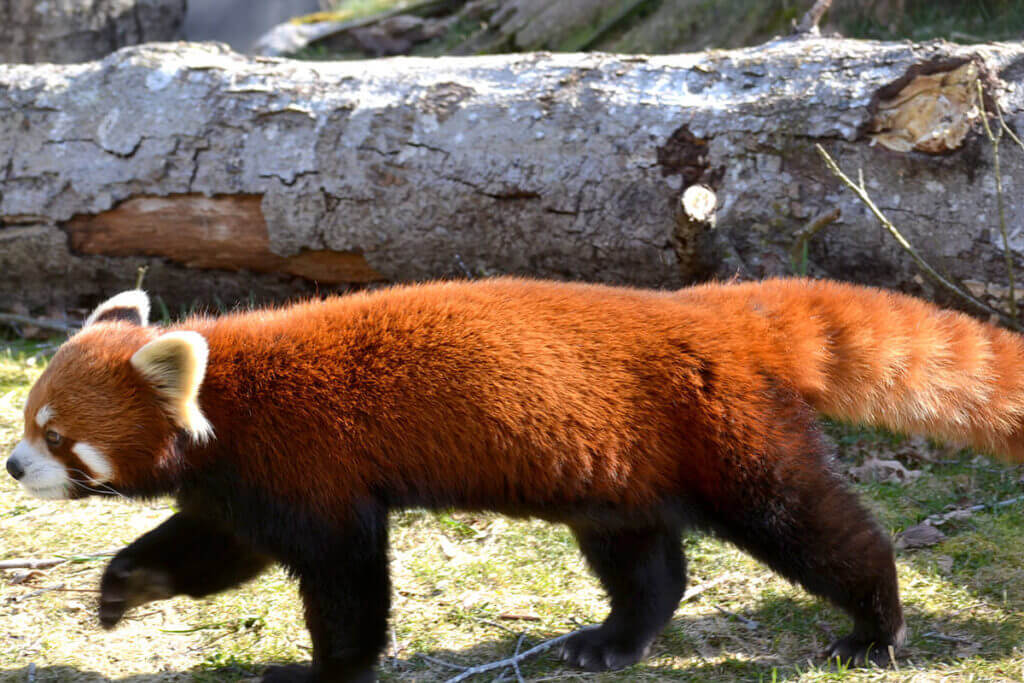 Source: The Greater Vancouver Zoo
Source: The Greater Vancouver Zoo
In order to let the mother raise her pups as naturally as possible, keeper engagement is kept to a minimum at The Greater Vancouver Zoo. Daily visual health checks and frequent weigh-ins are also conducted.
At three months old, when the cubs start eating solid food, they will soon become quite active. The baby cubs will spend at least a year in the zoo before SSP can introduce them to possible partners at other sites.
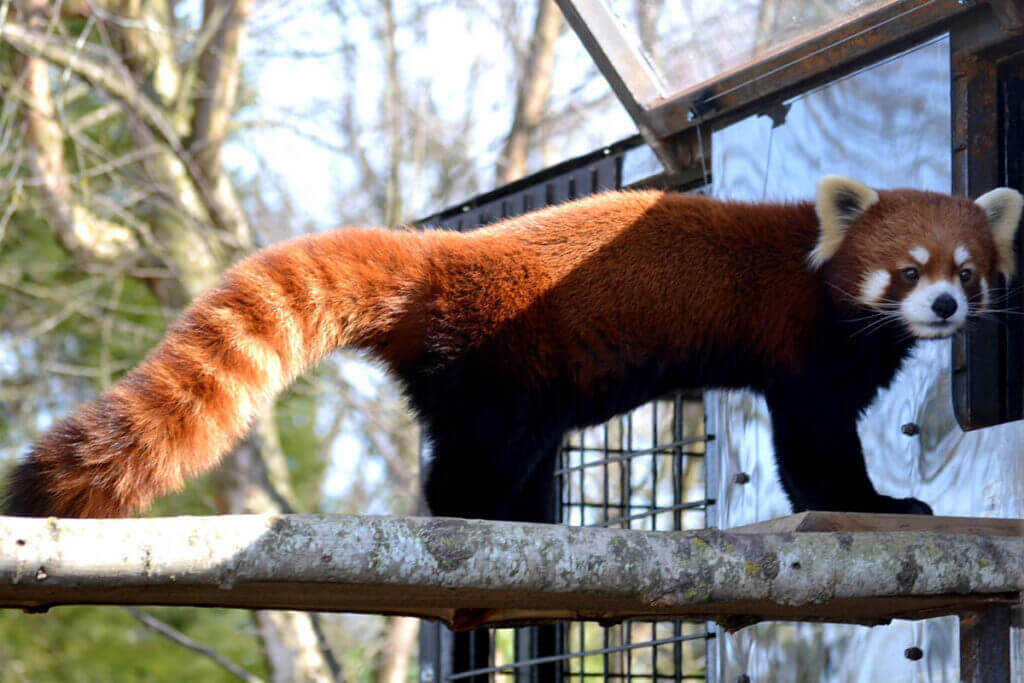 Source: The Greater Vancouver Zoo
Source: The Greater Vancouver Zoo
The birth of these red panda twins is part of the zoo’s dedication to conservation and education, according to Prasad. It can be said that the SSP and the zoo have had great success with this, and they have significantly helped the continuing conservation efforts for this endangered species.
If you like the article, please like and share it with your friends. Don’t forget to visit our site for more interesting information about animals!